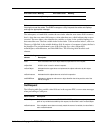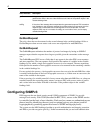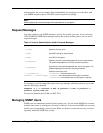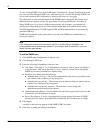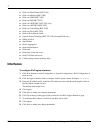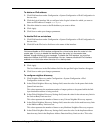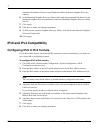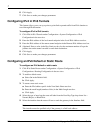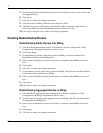
Nokia Network Voyager for IPSO 4.0 Reference Guide 267
7 Configuring IPv6
This chapter describes the IPv6 features supported by Nokia IPSO and how to configure them on
your system.
IPv6 Overview
IPv6 is the next generation IP protocol and is expected to replace IPv4, the current IP protocol.
The Internet Engineering Task Force (IETF) formally began to work on the new protocol in
1994. IPv6 enhances IPv4 in many ways including:
Expanded addressing capabilities
Simplified header format
Improved support for extensions and options
Flow-labeling capability
Plug and play autoconfiguration
The IPv6 implementation includes basic features specified in IPv6 RFCs and features that
support IPv6-capable hosts in a network. IPv6 includes a transition mechanism that allows users
to adopt and deploy IPv6 in a diffuse way and provides direct interoperability between IPv4 and
IPv6 hosts.
IPSO supports the following features as specified in the corresponding RFCs:
IPv6 Specification (RFC 2460)
ICMP v6 (RFC 2463)
Neighbor Discovery (RFC 2461, router only)
Basic IPv6 Socket Interface (RFC 2553), except the following features:
Compatibility with IPv4 nodes
Translation of nodename to address
Translation of address to nodename
Socket address structure to nodename and service name
IPv6 Addressing Architecture (RFC 2373)
IPv6 Aggregatable Global Unicast Address Format (RFC 2374)
IPv6 UDP support
IPv6 TCP support





